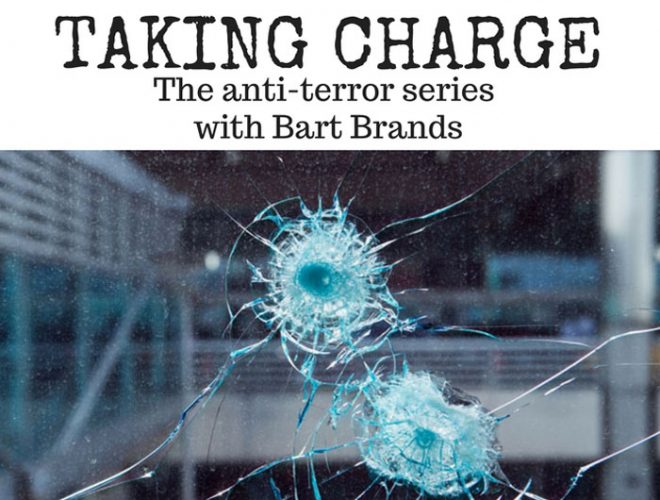Taking charge during a terrorist attack: Implementing evasion
- Like
- Digg
- Del
- Tumblr
- VKontakte
- Buffer
- Love This
- Odnoklassniki
- Meneame
- Blogger
- Amazon
- Yahoo Mail
- Gmail
- AOL
- Newsvine
- HackerNews
- Evernote
- MySpace
- Mail.ru
- Viadeo
- Line
- Comments
- Yummly
- SMS
- Viber
- Telegram
- Subscribe
- Skype
- Facebook Messenger
- Kakao
- LiveJournal
- Yammer
- Edgar
- Fintel
- Mix
- Instapaper
- Copy Link
Posted: 24 April 2017 | Bart Brands | No comments yet
In the third of a four-part series, Bart Brands, leading security analyst unpacks the AAEA method to ascertain how best individuals can take charge during a terrorist attack at an airport.


After exploring the first and second elements of my AAEA-method, Awareness and Avoidance it is now time to explain what to do if things go wrong and you find yourself caught up in a terror attack. Let’s talk about evasion.
Defining evasion
In the AAEA-method, Evasion is defined as “the act or instance of escaping or avoiding something.”
Something happens
You have done your due diligence. You are aware and you tried to avoid higher risk areas and situations. Both of the first two steps hypothetically failed where unavoidable consequences came into play and now a terrorist attack is unfolding itself in your direct vicinity. Immediately your instincts kick in and now evasion remains the ticket to survival.
Instincts
Your instincts can save your life but they can also get you killed. In high stress situations we all tend to react in one of three main ways.
- Fight (we confront the threat in hopes of defeating it or scaring it away)
- Flight (we run away from the perceived source of the threat)
- Freeze (we freeze in hopes of not being seen or posing a danger to the threat)
What I cannot emphasise enough is that you must not freeze. There are instances in which freezing or playing dead has helped people survive but the odds are against you. Fighting when evasion is possible should not be considered as a real option. Fleeing the scene is your best way of escaping a terrorist attack with minimum risk to yourself or your loved ones. Fleeing however isn’t as easy as it seems. The next elements can help you when terrorists strike.
Training flight
If instincts kick in how do you avoid freezing? Training to influence your instinctual reactions is done by repetition, repetition and repetition. If you can, train with friends. If not, visualise your reaction and repeat.
Don’t just run away
Examining the modus operandi used in some of the attacks that have happened, we might conclude that attackers anticipate the reaction of people and ‘herd’ them right into the path of a secondary attacker. Just running away from the perceived source of an attack should not be your primary reaction. Instead; move away from direct danger and adjust if needed. Move with control and deliberate action. Try to stay calm and avoid large crowds. Leave your luggage if you still carry some.
Apply awareness
Awareness is not only the first element of the AAEA-method but also the most important and not to be underestimated. Applying awareness is vital when evading an/several attacker(s). This should start the moment you enter an airport. Try to locate emergency escape exits and possible places you could hide like toilets, shops and hardened structures like large pillars.
For policymakers
Think about what could happen if terrorists strike your organisation. What are possible targets and where are bottlenecks in your infrastructure? What could help victims escape and under what circumstances should people be able to?
Quick win
Make sure emergency exits are well seen and recognisable from a distance. One exit or exit-route should always be in sight.


Bart Brands is a 35 year old Security expert and owner of ‘82 ADVISE. His company specialises in security (intelligence) and anti-terror training and advice. He has a degree in applied security sciences and is a former member of both the city council of The Hague and Provincial Parliament in South Holland. for more information you can contact Bart at www.bartbrands.com

















